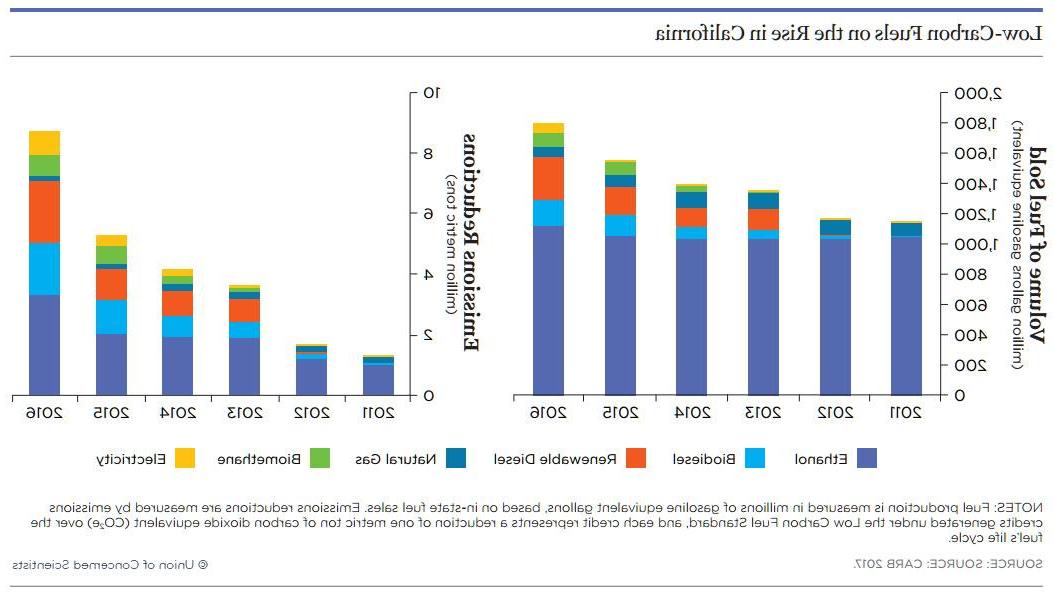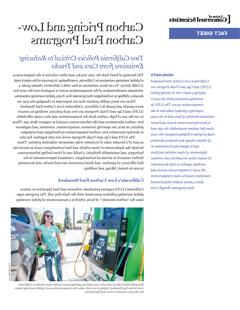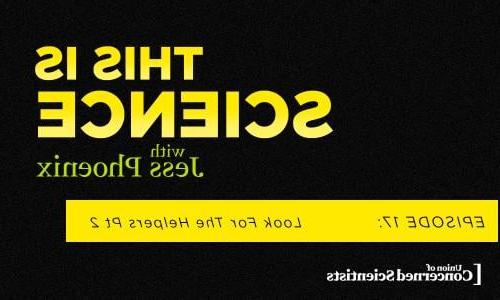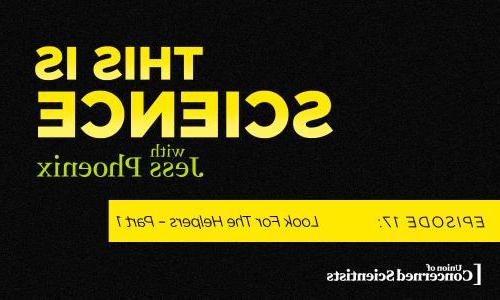在加州,交通运输是全球变暖污染的最大来源,一些关键政策已经到位,以逐步改变车辆及其使用的燃料, 包括低碳燃料标准(或LCFS)和加州的限额与交易计划.
这两项政策相辅相成,推动了汽车领域的投资和创新, fuels, 以及基础设施建设——这两项政策对于实现加州的617888九五至尊娱乐目标至关重要.

What’s the low carbon fuel standard?
低碳燃料标准通过要求汽车燃料随着时间的推移变得更清洁而起作用. In California, the program regulates the “carbon intensity” of fuels, 一种给定燃料在其整个生命周期(包括生产)内的全球变暖排放量的测量, transportation, and combustion or use).
The standards cover all transportation fuels, including gasoline, hydrogen, and electricity; producers must meet the standard by selling sufficiently low-carbon fuel, or by purchasing credits earned by other sellers.
What’s the cap-and-trade program?
加州的限额与交易计划对交通和发电的碳排放设定了集体限制(或“上限”), among other sectors. The cap declines by 3 percent every year; those subject to the cap must hold “allowances” for their emissions, 他们必须要么随着时间的推移减少排放量,要么从其他国家购买配额.
Unlike the LCFS, 加州的限额与交易计划产生了可观的收入, 哪些可用于各种减少排放的措施, 包括针对受附近炼油厂和道路污染影响的社区的交通项目.
How do they work together?
Like other forms of carbon pricing, cap-and-trade helps ensure that the costs of fossil fuels are better reflected in industry and consumer decisions. 这是一种有效的、以市场为基础的降低排放和增加清洁能源投资的方法.
然而,碳价格本身不会使加州的交通运输部门脱碳. 目前的配额太便宜了,而石油市场又太难以预测,无法迅速刺激所需的创新. That’s why the LCFS is so important: it directly limits heat-trapping emissions from fuel, ensuring there’s a market for low-carbon fuels, regardless of the price of gasoline.
目前,LCFS和总量控制与交易计划都将在2020年停止. 将低碳金融体系和某种形式的碳定价延长至至少2030年,将为深度碳排放提供所需的长期稳定性, significant cuts in California’s global warming pollution.




